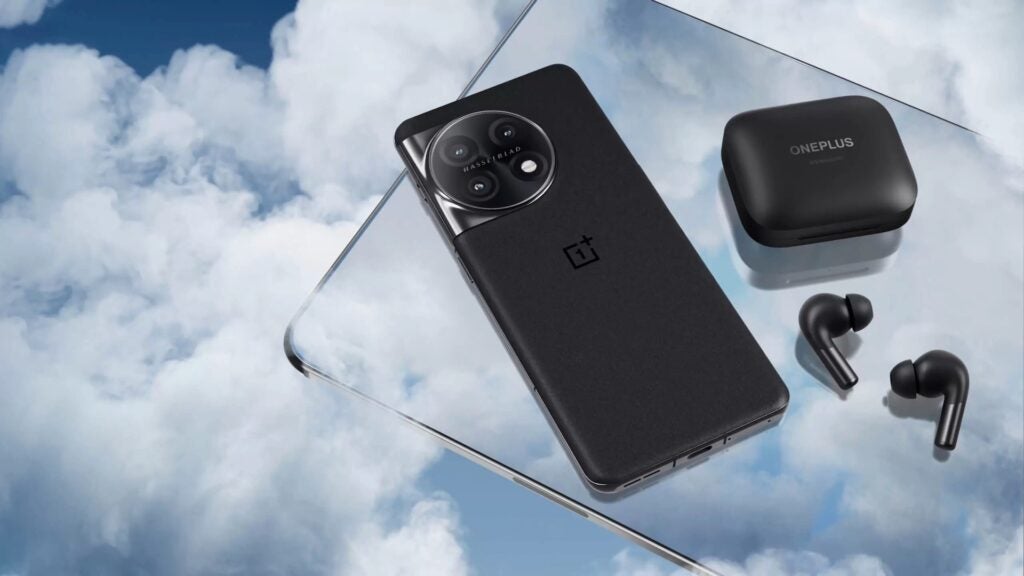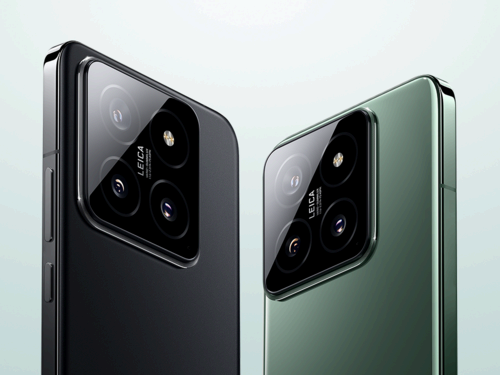Xiaomi just blew us all out of the water with the announcement of two brand-new handsets, the Xiaomi 14 and Xiaomi 14 Pro.
It’s been a fantastic year for mobile phone enthusiasts; Apple, Google, OnePlus and Xiaomi have introduced a plethora of new devices. With more options on the market than ever before, it’s become a lot harder to figure out which device works best for you.
With that in mind, we’re going to be running through some of the most critical differences between the OnePlus 11 and Xiaomi 14, so you can figure out what your next upgrade should be. It’s worth noting that unlike the OnePlus 11, we’ve not yet reviewed the Xiaomi 14, but we can use released specs and information to figure out the most important aspects of each handset.
Higher brightness on the Xiaomi 14
Xiaomi kitted out its latest handset with a 6.36-inch 1200×2670 display, which the company claims can reach up to 3000 nits of brightness. It utilises C8 light-emitting material and has support for both Dolby Vision and HDR, which should ensure accurate colour reproduction while watching supported media content. Thanks to LTPO technology, the variable refresh rate can jump from 1Hz to 120Hz, ideal for smooth scrolling as well as battery conservation.
The OnePlus 11, on the other hand, comes with a 6.7-inch Quad HD+ (3216×1440) resolution and a dynamic refresh rate that can jump between 1Hz to 120Hz. In our review, we note that the screen was usable in direct sunlight. Support for Dolby Vision HDR and HDR10+ allowed for impressive dynamic range in supported titles when watching supported movies on Netflix and colour reproduction was generally true to life.

Snapdragon 8 Gen 3 vs Snapdragon 8 Gen 2
One of the most impressive aspects of the Xiaomi 14 is that it comes with the newly announced Snapdragon 8 Gen 3 chipset, which has now taken over from the iconic Snapdragon 8 Gen 2.
Xiaomi claims that this chip will provide superior performance and a higher power efficiency than its predecessor. This will be aided by Xiaomi Loop LiquidCool technology, which aims to ensure a stable and comfortable experience for users while running intensive operations, like gaming or high-resolution streaming. We cannot comment on the performance of the Xiaomi 14 until we get it in for testing, but it looks like it might be the best option for those interested in raw power.
The OnePlus 11 comes with the Snapdragon 8 Gen 2, which works very well across the board. Apps loaded instantly with no sign of stutter or lag even when scrolling through media-heavy apps like Facebook and Instagram. It did have a bad habit of heating up during gaming sessions, making it less alluring for avid mobile gamers.
Both handsets come with fast-charging features
Both Xiaomi and OnePlus put a lot of thought into the charging capabilities of these handsets, as they both come with fast charging support. The Xiaomi 14 comes with a 4,610mAh cell, with HyperCharge wireless charging support at 50W and 90W HyperCharge wired charging support.
The OnePlus 11, meanwhile, comes with a 5000mAh battery cell. During our review period, we found that it could last up to two days on a single charge – depending on use – with a 0% to 100% charge taking less than 30 minutes, thanks to SuperVOOC 100W fast charging support.
Xiaomi has not given us any quoted charging times just yet for its latest handset, but the OnePlus 11 might be the better choice for those who regularly forget to charge their device.

More colourways for the Xiaomi 14
The colour of a handset may not have an impact on the performance, but it does mean a lot in terms of aesthetics. Xiaomi has given us four options when it comes to its latest handset, including Jade Green, Black, White, and Snow Mountain Pink, which looks to be a diverse range.
The OnePlus 11 is lacklustre in comparison, touting just two simple colourways; Eternal Green and Titan Black. These colours are simple and mature but may be too limiting for anyone who’s interested in lighter colour options.

